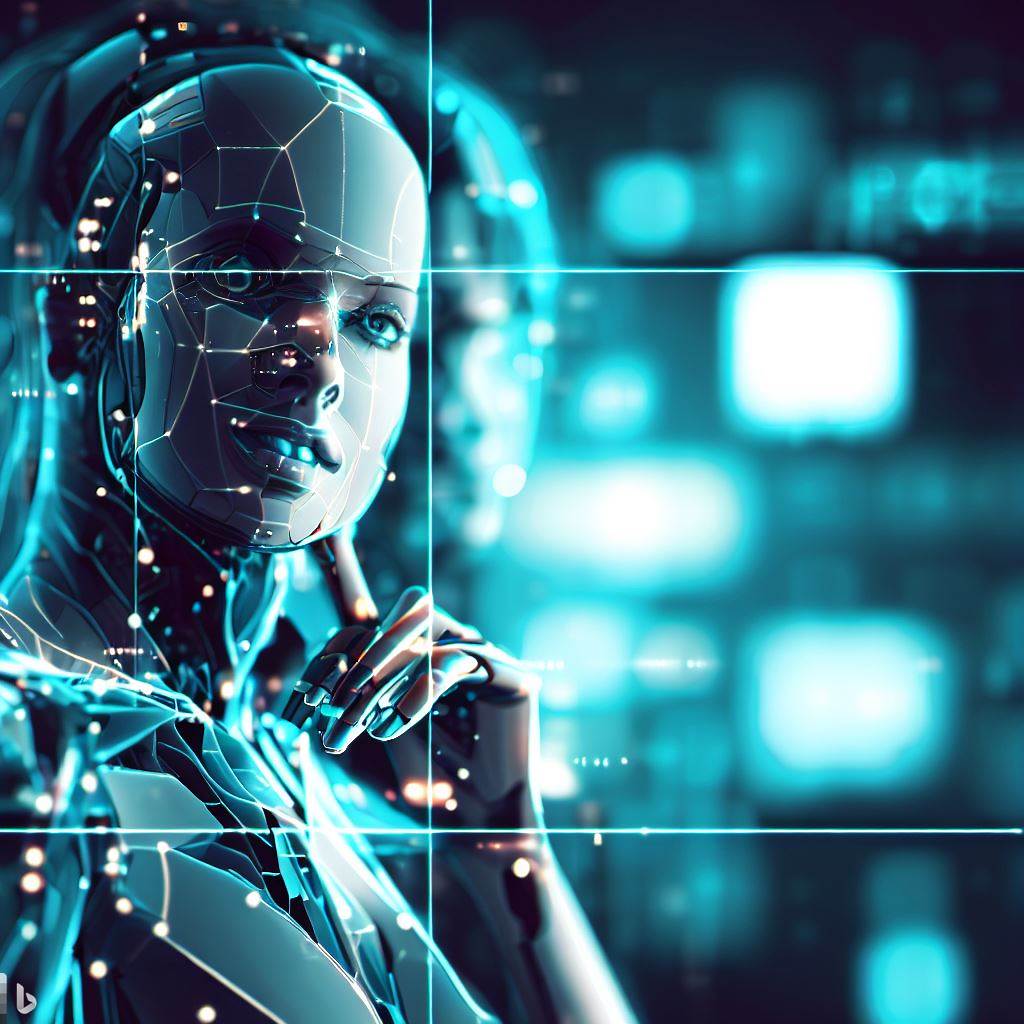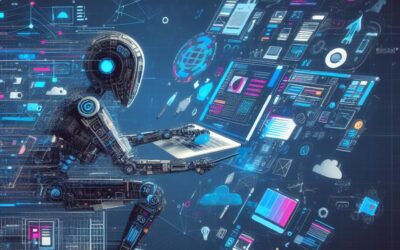
Artificial Intelligence, often abbreviated as AI, encompasses the emulation of human cognitive functions within computer systems, enabling them to undertake tasks that traditionally demand human intelligence. These tasks encompass a spectrum of activities such as acquiring knowledge, logical reasoning, problem-solving, and making informed decisions. AI systems rely on a convergence of many factors, including multiple types of data input, a few complex algorithms, and increasingly substantial computational power, to effectively execute these functions.
Data Input
1. Internal and External Data
Internal data encompasses a wealth of information sourced within an organization, spanning departments like personnel, operations, finance, maintenance, procurement, and beyond. This data serves as a valuable resource, offering insights into critical aspects such as employee turnover, sales performance, profit margins, and the intricate structures and dynamics that define an organization. Conversely, external data derives from external sources like customer interactions, staging websites, and agencies, providing additional context and perspectives for informed decision-making.
2. Historical and Real-Time Data
Historical datasets are invaluable for addressing the very questions decision-makers seek to compare with real-time data benchmarks. These historical data sources prove most effective for constructing or refining predictive or prescriptive models, providing profound insights that enhance long-term and strategic decision-making processes. On the other hand, real-time AI revolves around swiftly transforming data into actionable insights with precision. AI tools are adept at swiftly analyzing and deciphering extensive structured and unstructured datasets, accomplishing this task in a fraction of the time required by human analysis, thereby accelerating informed decision-making.
3. Primary and Secondary Sources of Data
Primary data constitutes information generated directly by a researcher and encompasses various methods like surveys, observations, questionnaires, experiments, and personal interviews. Additionally, primary data sources can extend to data derived from Enterprise Resource Planning (ERP) and Customer Relationship Management (CRM) systems, offering researchers rich and versatile datasets. In contrast, secondary data comprises pre-existing information collected by external entities for diverse purposes. These secondary sources include government publications, staging websites, publications from independent research laboratories, journal articles, and more, furnishing a broad spectrum of data for analytical endeavors.
4. Quantitative and Qualitative Data
Quantitative data pertains to numerical information, which can be classified into categories or classes, offering a structured view of data. On the other hand, qualitative data provides nuanced insights and comprehension, often delving into the qualitative aspects of a specific issue, offering a deeper understanding.
Algorithms
An algorithm represents a predefined set of instructions guiding a computer program in executing specific tasks. Within the realm of Artificial Intelligence (AI), algorithms assume a pivotal role in training models capable of rendering predictions or decisions predicated on input data. AI algorithms can be broadly categorized into three principal types: supervised learning, unsupervised learning, and reinforcement learning. Supervised learning finds application when the desired output is known, with algorithms trained on labeled data. Unsupervised learning, conversely, operates in situations where output is unknown, and algorithms glean insights from unlabeled data. Lastly, reinforcement learning is employed when algorithms acquire knowledge through iterative feedback mechanisms, refining their decision-making capabilities over time.
1. Supervised learning
Supervised learning, an integral facet of AI, revolves around instructing algorithms using labeled datasets where the expected output is predetermined. This approach empowers machines to discern and leverage patterns and correlations within labeled data, thereby facilitating tasks like classification, regression, and predictive modeling.
2. Unsupervised learning
Unsupervised learning in AI stands in contrast to supervised learning, as it involves training algorithms on unlabeled data, where no predetermined output is provided. This approach enables machines to autonomously uncover hidden patterns and structures within the data, making it valuable for tasks such as clustering, dimensionality reduction, and anomaly detection.
3. Reinforcement learning
Reinforcement learning in AI is a dynamic approach where algorithms learn through trial and error. These algorithms make decisions and receive feedback in the form of rewards or penalties, improving their decision-making abilities over time. This approach is vital for tasks like autonomous robotics and game playing.
Substantial Computational Power
AI demands substantial computational resources due to its need to process extensive data before achieving comprehension. Contemporary AI predominantly relies on artificial neural networks, mathematical constructs inspired by human brain neurons. The computational intensity has surged, since 2012, with the training requirements for the most massive AI models signifying the rapid evolution and escalating computational demands in the AI field.


Related Articles
10 Best AI Website Builders
The surge in AI adoption has revolutionized website creation across diverse domains, encompassing business ventures, blogs, and beyond. A burgeoning number of AI-focused enterprises, spanning both established players and emerging entities, are spearheading the...
Deep Learning
Deep learning is an ever-evolving, multi-layered subset of machine learning. This important facet in the realm of artificial intelligence (AI) takes basic data to be processed into artificial neural networks that assist digital systems in acquiring knowledge and...
20 Best AI Image Generators to Try
Delve into the realm of AI creativity with this curated list of 20 image generators. Ideal for both personal pursuits and business endeavors, these tools offer a diverse range of AI-driven image creation options. Whether you're an artist, marketer, or simply curious...




